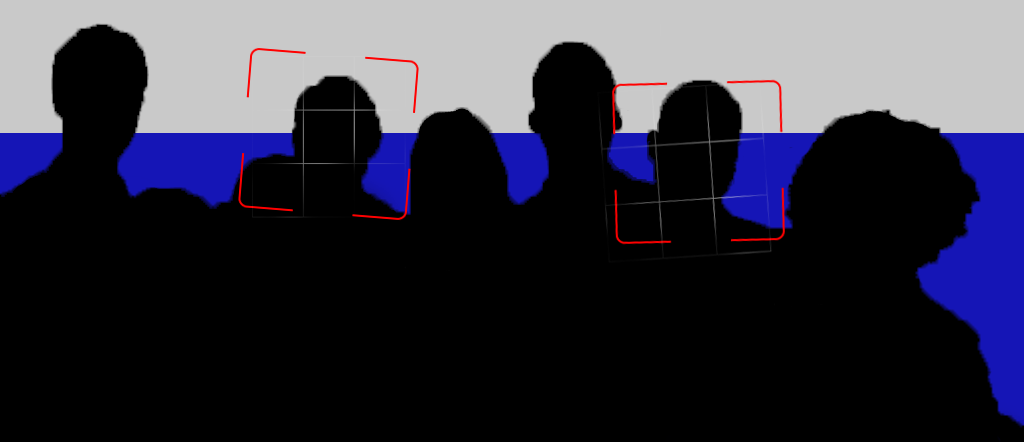Catfishing compliance: Why seeing isn’t always believing
Published

Anna Rasmussen
Product Marketing Manager

The changing face of fraud
Post-covid, meeting and communicating with clients remotely has become a commercial necessity for many businesses with its time-saving benefits eclipsing the antiquated preference for in-person meetings. With video calls now being commonplace across the world in both commercial and social contexts, it is no wonder that regulated businesses have been utilising this technology to meet with clients and verify their identities.
While verifying clients’ identities via video call may seem convenient, developments in deep fake video technology have created a new concern for compliance teams responsible for ensuring their firms do not fall victim to fraud.
Live, deep fake videos make for highly convincing impersonations and although this kind of high-tech heist sounds like something out of the Jetsons, the reality is that it’s relatively simple to look and sound like someone else on a video call. Due to the increasing accessibility of deep fake technology and the willingness of criminals to lie through someone else’s teeth, asking your potential client to hold up their ID on a video call is no longer a sufficient means of confirming their identity
Mask on, mask off: Protecting your business
Compliance teams are once again forming the defensive front against fraudsters actively targeting businesses with videos that use deep fake technology to facilitate money laundering and other criminal activity. Although a relatively new threat, there are things you can do to safeguard your business against fraudsters utilising deep-fake technology:
Training: Ensure your team is aware of deepfakes, new scam methods, their potential harm, and how to identify them as part of your first line of defence.
Foster a culture of verification: Encourage a workplace culture where employees verify unusual requests or unexpected communications, particularly those involving high-risk transactions.
Implement digital verification tools: Emerging technologies and tools can be used to detect deep-fake content. By incorporating digital verification tools you can protect your business.
Biometric identity verification: Provides secure means of verifying identity, not vulnerable to video-deep fakes.
Liveness detection: Ensures that the verification is conducted on a live, present individual rather than a video adding an additional layer of defence
Augmented approach: Strategically layer verification technology with human insight.
Report suspicious activity: You must make a SAR if you know or suspect, or have reasonable grounds for knowing or suspecting, that a person is engaged in money laundering.
Compliance teams and those working within regulated industries have a huge weight to bear when it comes to protecting their businesses and clients from fraud, as miscreants continue to undermine technological advances at every opportunity. The best defence is more than common sense when it comes to detecting video fraud and professionals must be equipped with up-to-date resources, training and tools to enable them to defend against this growing area of risk.
Ultimately, technology is neither good nor bad, but scammers make it so and due to their commitment to the utilisation of technology for nefarious means, compliance teams must also take advantage of new technology and training to safeguard themselves and the businesses they work with.
Click here to read more about fraud prevention technology or to learn more about how Thirdfort can protect your business against identity fraud, contact us
Subscribe to our newsletter
Subscribe to our monthly newsletter for recaps and recordings of our webinars, invitations for upcoming events and curated industry news. We’ll also send our guide to Digital ID Verification as a welcome gift.
Our Privacy Policy sets out how the personal data collected from you will be processed by us.


